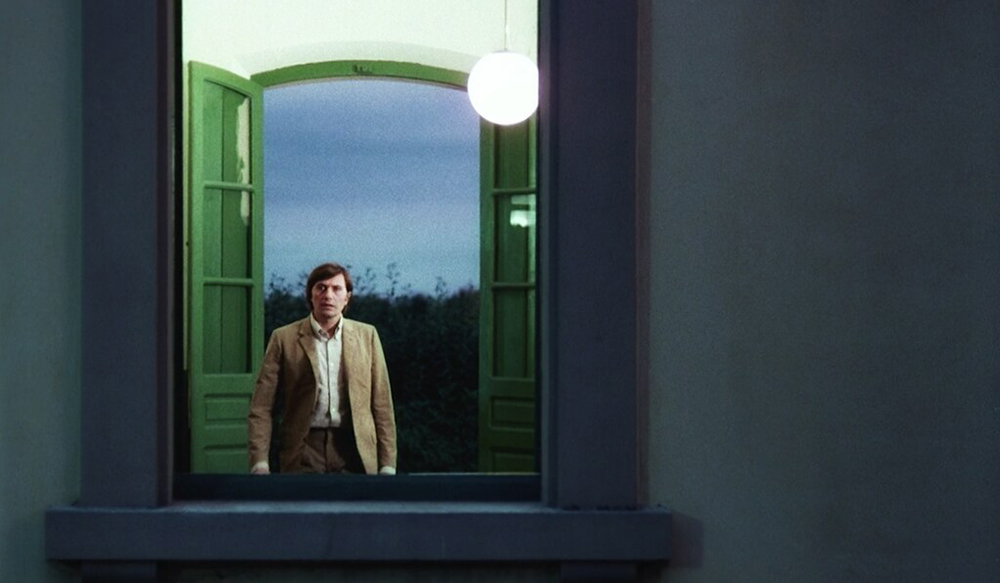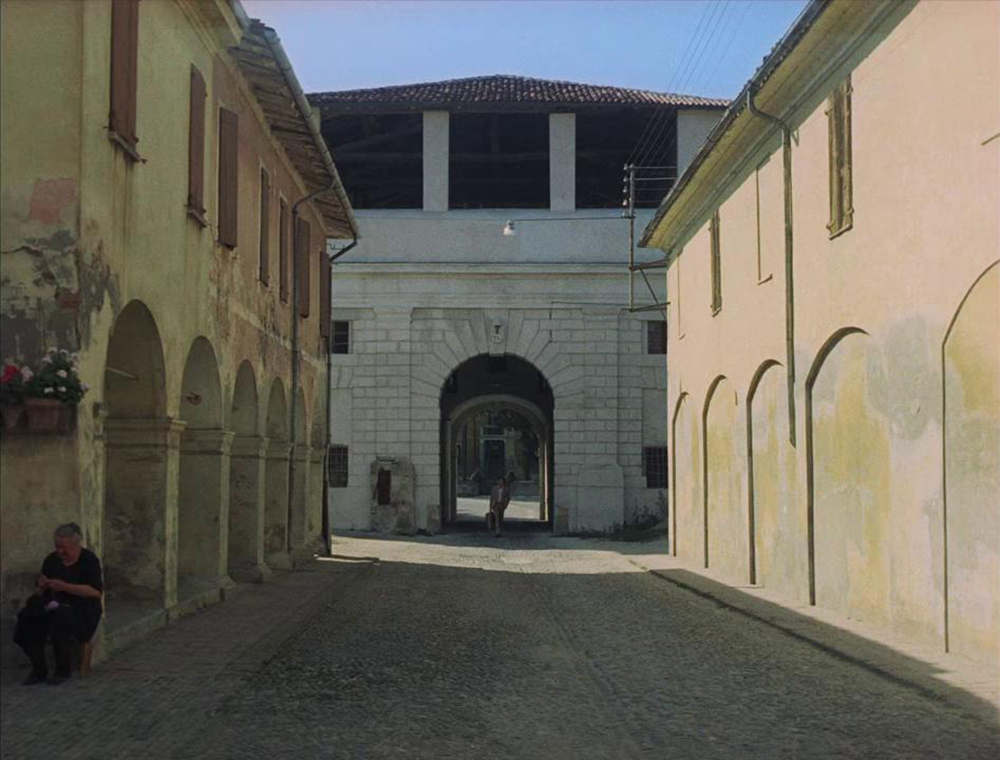You are using an out of date browser. It may not display this or other websites correctly.
You should upgrade or use an alternative browser.
You should upgrade or use an alternative browser.
The Eurocult Film Thread
- Thread starter craner
- Start date
It reminded me of Antonioni, similar feel in the way time and memory were played with. That bit at the end with the overgrown tracks as though a train hadn't been through in years was haunting in the way sound coming from the mimed game of tennis at the end of Blowup was. A sense of being unsure whether the rug's just been pulled out from under you.
luka
Well-known member
invite her wherethe only possible value of any of these films, is in case you want to invite an arty girl
maybe if id sat down and thought about it but why bother when you can google the answer. i dont like things that arent obvious and explicit tho as a rule
Embarrassing.
woops
is not like other people
you're on your own with that one, only so much i can doinvite her where
woops
is not like other people
plus the whole of barry lyndon @susI thought about making a thread about films inspired by paintings after watching it, but I could only think of two and thought it was dead in the water. There's Magritte's influence in The Spider's Stratagem and the Alex Colville shot in Heat.

" ... on the set I talked a lot with Vittorio Storaro, my director of photography, about the two visual reference points of the film: Magritte and the naïve painters. For example, we shot the night scenes, as you remember, in a coloration that is quite unusual for the cinema, that is completely in azure. That is, they are nights in which you can see everything, […]. Also in Magritte’s work there is the same type of night “eclairage.” There’s a painting by Magritte, called “The Empire of Light,” in which you can see a rectangular, almost horizontal house, with a tree, and two lighted street lamps just like in the scene at the train station when Athos the son is getting ready to leave at the end of the film."


